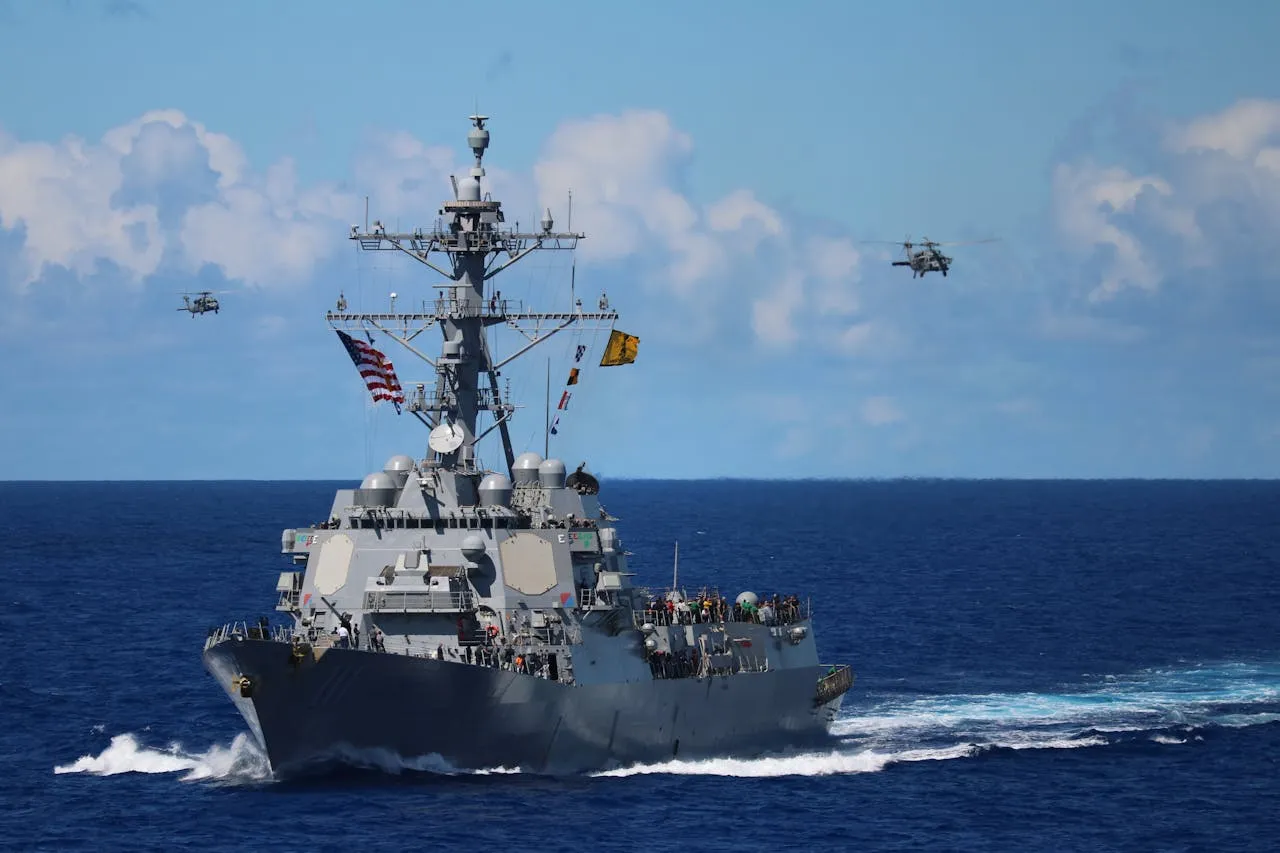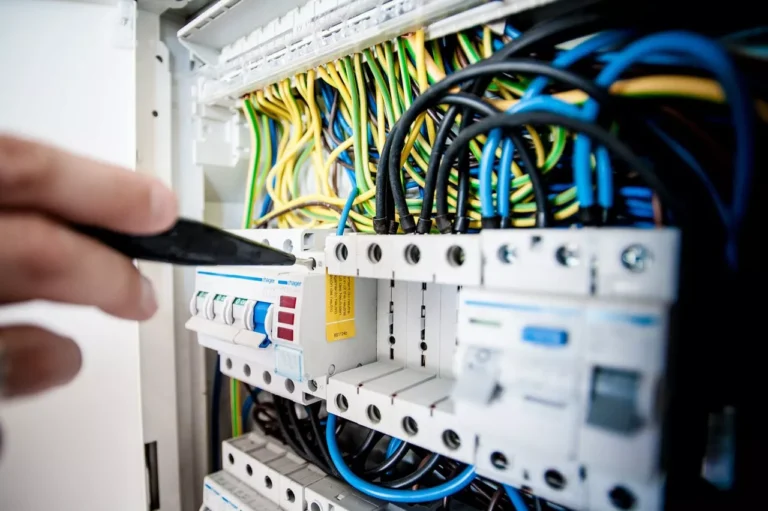
As global tensions rise and technological warfare evolves, the U.S. Navy is reinforcing its defensive capabilities to protect its fleet from increasingly sophisticated threats. Facing the dual challenges of advanced missile systems and complex cyber-attacks, the Navy has received a critical enhancement to its protection systems from Lockheed Martin — the delivery and certification of the Ship Self Defense System (SSDS) Baseline 12, Capability Package 4 (CP4). This milestone represents a substantial leap forward in ensuring that naval vessels remain secure, agile, and ready to respond to modern and future threats.
A Major Leap in Maritime Defense Technology
The SSDS serves as a cornerstone of the Navy’s ship defense strategy. It is an integrated combat system that links sensors, weapons, and command-and-control systems, providing real-time situational awareness and rapid response capabilities. By fusing data from multiple sources — including radar, sonar, and infrared systems — SSDS allows operators to detect, assess, and engage threats with unparalleled speed and accuracy.
With the implementation of Capability Package 4, the Navy now benefits from faster decision-making tools, advanced software integration, and improved data fusion between onboard and external systems. The CP4 upgrade enhances automation, reduces human response time, and strengthens shipboard coordination during high-threat engagements, particularly against anti-ship missiles, drones, and cyber intrusions.
Widespread Deployment Across Key Fleet Assets
The SSDS Baseline 12 is already deployed across a variety of Navy platforms. These include the formidable Nimitz-class and Ford-class aircraft carriers, which serve as the backbone of America’s power projection at sea. It is also operational on San Antonio-class amphibious transport docks (LPDs), Wasp-class landing helicopter docks (LHDs), and America-class landing helicopter assault ships (LHAs). These vessels play vital roles in rapid deployment, amphibious operations, and humanitarian missions — all of which require robust defensive systems capable of countering multi-domain threats.
With the SSDS CP4 upgrade, these vessels are better equipped to track and neutralize incoming missile threats, defend against electronic warfare attacks, and maintain operational continuity even under intense cyber pressure. The system’s modular architecture also means it can be easily scaled and adapted across the Navy’s diverse fleet, reducing maintenance costs and enabling more efficient system updates.
Virtualization: A Game-Changer for Future Readiness
One of the most transformative aspects of the upgrade is the successful virtualization of the SSDS — a technological breakthrough achieved through collaboration between Lockheed Martin, the U.S. Navy, and key industry partners. Virtualization allows the system to operate in a simulated environment, enabling operators to test scenarios, train personnel, and predict readiness without interrupting active operations.
This virtualized environment also allows the Navy to monitor system performance and ship readiness in real-time. It supports predictive maintenance by analyzing data from across the fleet, ensuring that potential vulnerabilities are addressed before they can compromise mission performance. The SSDS virtualization is part of the Navy’s broader Integrated Combat System (ICS) initiative, which integrates hardware, software, and heritage components into a unified, adaptive platform. This comprehensive ecosystem — often referred to as the Heritage, Software Factory, and Hardware Factory framework — is designed to continuously evolve, aligning with the Navy’s long-term vision for digital transformation and interoperability across its platforms.
Keeping Pace with Evolving Threats
Lockheed Martin’s delivery of CP4 is not the end of the journey but a significant step in a long-term modernization roadmap. The company is already developing Capability Package 5 (CP5), the next iteration of the SSDS upgrade. CP5 aims to introduce enhanced artificial intelligence (AI) capabilities, more resilient cyber defenses, and expanded cross-domain integration, further reducing the time between threat detection and engagement.
These improvements are essential as adversaries continue to develop faster, stealthier, and more intelligent weapon systems. Hypersonic missiles, electronic jamming, and cyber warfare tactics are changing the nature of naval combat, demanding rapid innovation in defense systems. By continuously refining the SSDS, Lockheed Martin ensures that the U.S. Navy can outpace these threats and maintain technological superiority on and below the waves.
A Partnership for Maritime Superiority
The collaboration between Lockheed Martin and the U.S. Navy reflects a shared commitment to operational excellence and mission assurance. Lockheed Martin’s decades-long expertise in radar systems, cyber defense, and command integration makes it an invaluable partner in advancing the Navy’s readiness. Through joint testing, simulation exercises, and system integration trials, both organizations ensure that the SSDS performs flawlessly under real-world conditions.
Furthermore, the virtualization and integration of combat systems pave the way for greater interoperability between U.S. and allied naval forces. This capability enhances collective defense operations, enabling the sharing of intelligence and threat data across platforms and partner nations, which is crucial in multi-national missions and strategic deterrence operations.
Looking Ahead
As the maritime domain becomes more contested, the importance of adaptable, intelligent defense systems cannot be overstated. The SSDS Baseline 12, CP4 represents a forward-looking solution that merges proven defense technology with cutting-edge digital innovation. It provides the Navy not only with enhanced defense capabilities but also with the tools needed for predictive threat management, agile mission planning, and integrated fleet coordination.
Lockheed Martin’s ongoing development of the Integrated Combat System demonstrates its commitment to helping the Navy achieve its vision of a fully networked force — one capable of detecting, communicating, and responding faster than any adversary. As Capability Package 5 nears completion, the Navy’s combat readiness will continue to evolve, reinforcing its dominance in the face of next-generation threats.
The delivery of SSDS CP4 underscores a simple yet powerful message: the U.S. Navy is not merely adapting to new threats — it is defining the future of maritime defense through technology, collaboration, and innovation.




